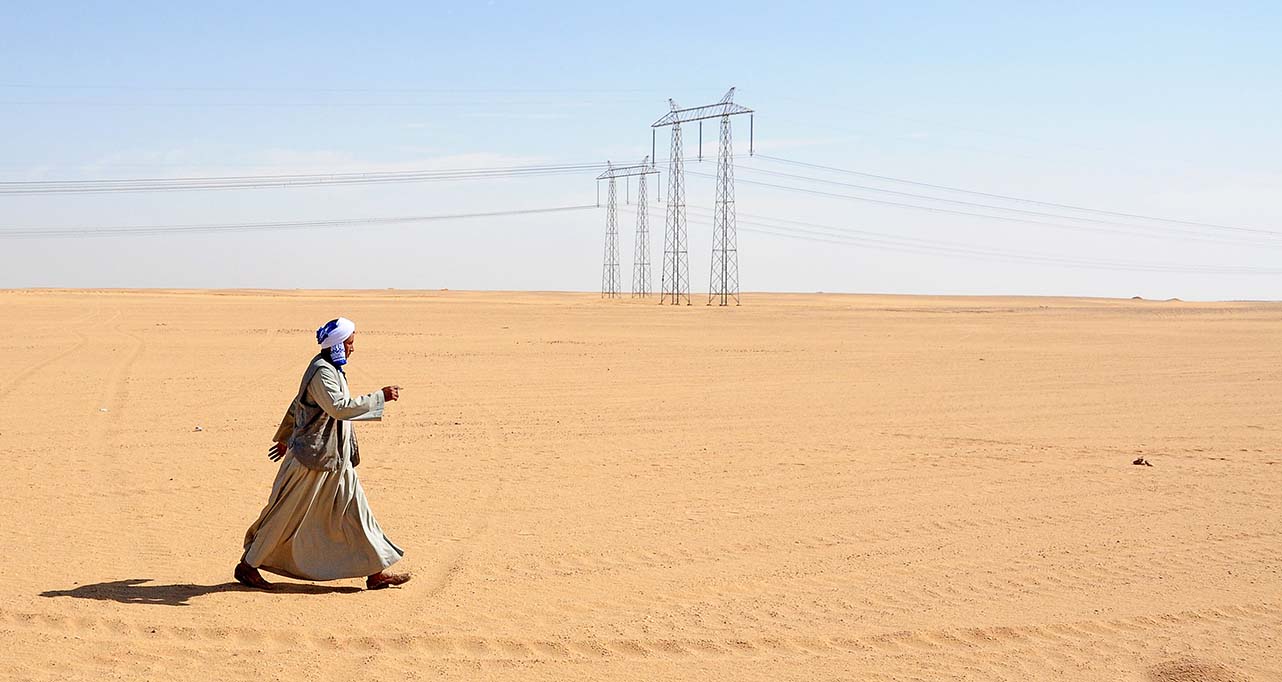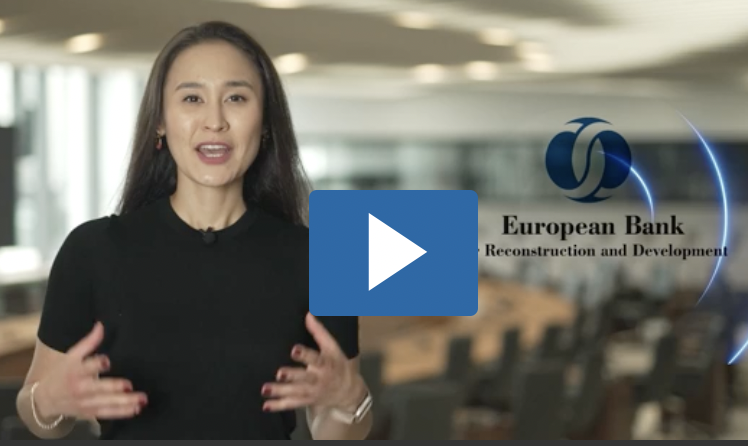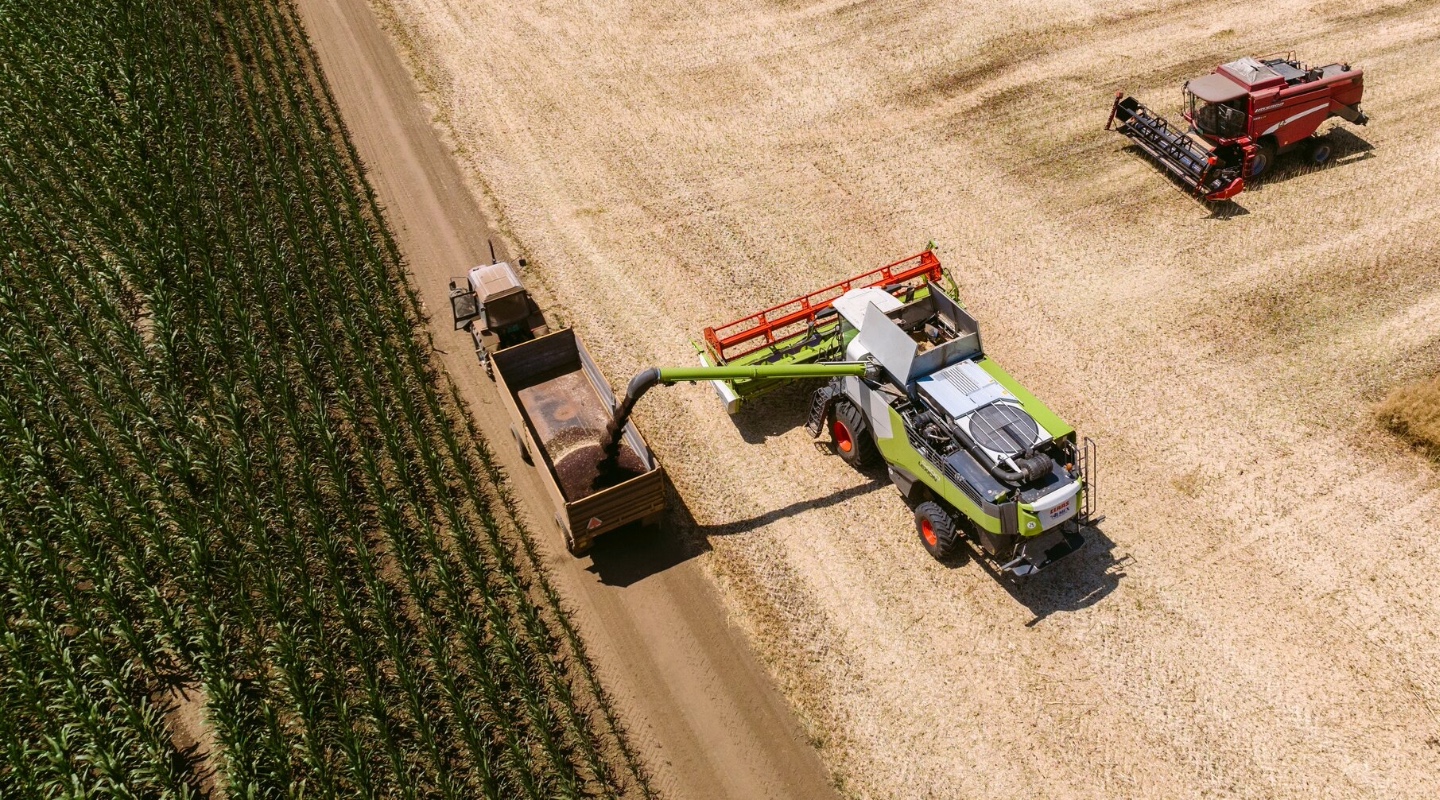These cookies cannot be disabled. They are essential for core functionality in ebrd.com to ensure a seamless and secure experience.
The programme also fosters inclusivity, with 25 per cent of supported SMEs expected to be women-led, while 33 per cent of total investment will be aimed at greening the agribusiness sector (including value chains).
By promoting investment in energy efficiency, resource efficiency and renewable energy, the programme helps SMEs to reduce greenhouse gas emissions, enhance sustainability and improve competitiveness, particularly in the agribusiness sector and among women-led enterprises.
What is it?
A financial instrument that drives the green transformation of SMEs.
Who is it for?
- Micro, small and medium-sized enterprises (SMEs)
- While it is open to all SMEs, the programme has a particular focus on the agribusiness sector (including value chains) and women-led businesses to ensure inclusive access to green finance.
What does the SME Go Green Programme offer?
- Targeted credit lines via local partner financial institutions (PFIs)
- In addition to loans, EU grants totalling 15 per cent of loan amounts on successful completion of projects relating to renewable energy and agribusiness (including agribusiness value chains), with 10 per cent grants for all other eligible projects
- Free technical assistance with the planning, documentation and implementation of projects
Where is it available?
Which local financial institutions participate in SME Go Green?
The EBRD and EU financing is channelled through local PFIs. To check which PFIs participate in the programme in your country, please contact the consultant at the contact details listed below.
Decisions on whether or not to extend financing to applicant companies – and the terms and conditions of any loans – are made by the PFIs alone. The EBRD and the EU have no influence over these decisions.
How to apply
SMEs can apply for a loan at one of the local PFIs. Applicant SMEs will receive free technical assistance towards the investment’s implementation.
The steps involved are as follows:
- The potential Sub-borrower gets in touch with the PFI asking for a SME Go Green Programme Sub-loan.
- The PFI checks client’s eligibility and creditworthiness and submits application to the Programme consultant.
- The Programme consultant evaluates and confirms investment’s eligibility; if required, it advises on potential improvements or rearrangements of the investment.
- If the sub-borrower wishes to proceed, the PFI finalises and grants the loan.
- If the project is complex, the programme consultant visits the sub-borrower’s premises and draws up an investment plan.
- Once the project has been implemented, supporting documentation is submitted to the programme consultant through the PFI.
- The programme consultant verifies the implementation of the investment and confirms the size of the EU grant that is payable.
- Upon successful verification, the EU grant is disbursed to the sub-borrower.
Why should SMEs embrace the green transition?
Embracing the green transition offers SMEs a unique opportunity to reduce costs, improve efficiency and meet growing market demands for sustainable products and services. By adopting environmentally friendly practices and technologies, businesses can enhance their competitiveness, access new funding opportunities and future-proof their operations against evolving regulations. Going green not only benefits the environment but also drives innovation and long-term resilience in an increasingly eco-conscious market.
Which kinds of investment project are eligible for loans and grants under the programme?
The programme covers a wide range of green technologies and solutions, with examples including:
- solar panels and other renewable energy technology supporting SMEs’ own consumption
- equipment such as CNC machines, laser cutting machines, edge banding machines, saws, injection moulding machines and egg graders
- tractors, combine harvesters, grain headers, and other agricultural vehicles and related accessories
- other non-road mobile machinery, including loaders and backhoe loaders, excavators and telehandlers.








